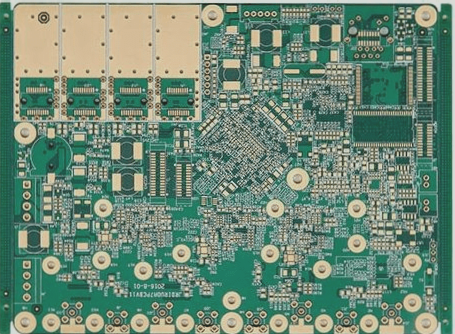Advanced PCB Technologies and Future Developments
- Register action Layer (RDL) and Flip Chip Ball Grid Array (FCBGA) technology are at the forefront of PCB advancements.
- Advantages include low cost, high density, and up to 20 layers for flip-chip ball grid array package carriers.
- FCBGA technology integrates the Modified Semi-Additive Process (mSAP) for precise control over line width.
- Future developments aim to achieve line widths in the 2 to 3 microns range.
- Selection of PCB materials is crucial, considering thermal, mechanical, and physical properties.
- Dielectric materials must carefully align positive and negative signals to avoid delays.
- Process considerations include designing via hole shapes and ensuring smooth copper surface treatment.
- Surface treatment addresses the skin effect, improving conductivity and signal quality.
- Minimizing thermal resistance is essential through various techniques.
- Emerging technologies pose challenges in PCB production, emphasizing the need for adaptation and talent recruitment.
Stay updated on the latest PCB technologies and advancements to ensure optimal performance and reliability for your electronic devices.




